Maybe I just don't know .NET well enough yet, but I have yet to see a satisfactory way to implement this simple VB6 code easily in .NET (assume this code is on a form with N CommandButtons in array Command1() and N TextBoxes in array Text1()):
Private Sub Command1_Click(Index As Integer)
Text1(Index).Text = Timer
End Sub
I know it's not very useful code, but it demonstrates the ease with which control arrays can be used in VB6. What is the simplest equivalent in C# or VB.NET?

